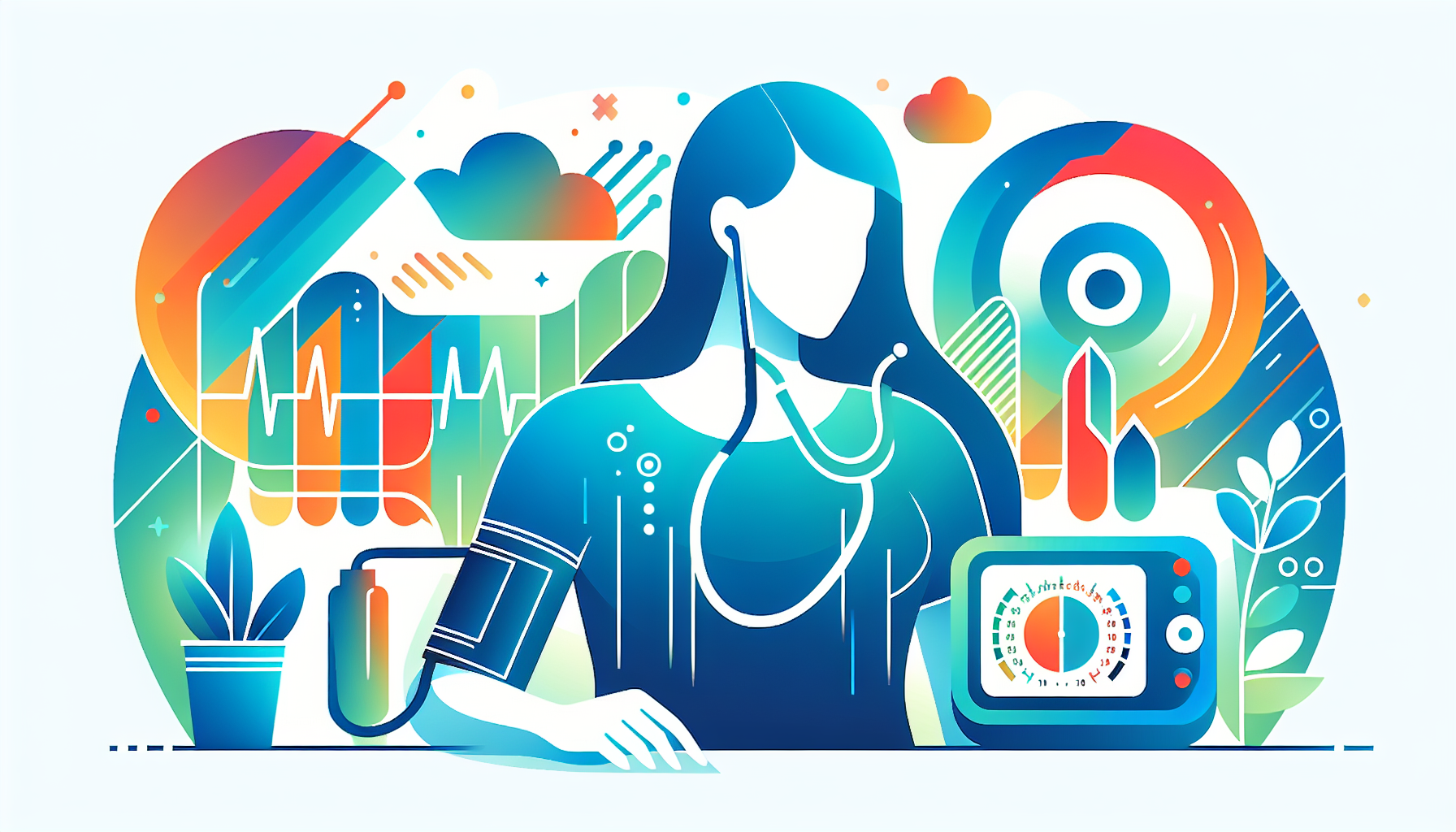Can I Take Zepbound a Day Early?
Key TakeawaysZepbound is a once-weekly injectable medication for weight management and obstructive sleep apnea (OSA) linked to obesity.Taking Zepbound a day early is [...]
Read More
Medically reviewed by Abhijit Bhattacharyya | MD, PhD, MBA, Tufts University School of Medicine - Miami, Florida on January 28th, 2025.
High blood pressure is a common health concern, affecting about half of U.S. adults. However, only a quarter of them have it under control. Many people rely solely on blood pressure measurements taken during health care visits, but this may not provide an accurate picture of their blood pressure, according to a recent study published in Circulation: Cardiovascular Quality and Outcomes.
Researchers analyzed over 7.7 million blood pressure measurements from more than 537,000 adults (average age 53) over a period of more than two years. Each participant had an average of 13 doctor visits during this time. The study found significant variations in blood pressure measurements from one visit to the next, particularly in people with known high blood pressure.
While a person's blood pressure can naturally fluctuate throughout the day, the researchers suggest that other factors may contribute to the variability in readings at doctor's visits:
Faulty equipment
Imprecise techniques used to measure blood pressure
These wide variations in readings can make it challenging for healthcare providers to determine if blood pressure medications are working effectively or if someone should begin taking medication.

To obtain more accurate blood pressure measurements, experts recommend monitoring your blood pressure at home regularly, ideally two or three times per week. Home monitoring can help you and your healthcare provider gain a better understanding of your true blood pressure levels and make informed decisions about your treatment plan.
More accurate readings compared to office measurements
Helps identify white-coat hypertension (elevated blood pressure due to stress or anxiety at doctor's visits)
Allows for better tracking of treatment effectiveness
Encourages patient involvement in their own health management
By monitoring your blood pressure at home and sharing the results with your healthcare provider, you can work together to develop an effective plan for managing your blood pressure and reducing your risk of complications associated with high blood pressure, such as heart disease and stroke.
For more information on home blood pressure monitoring and managing high blood pressure, visit the following reputable sources:
Key TakeawaysZepbound is a once-weekly injectable medication for weight management and obstructive sleep apnea (OSA) linked to obesity.Taking Zepbound a day early is [...]
Read MoreKey TakeawaysZepbound is an FDA-approved medication for chronic weight management in adults with obesity or overweight, and for moderate to severe obstructive sleep apnea [...]
Read MoreKey TakeawaysZepbound is a once-weekly injectable medication that supports weight loss by activating hormone pathways regulating appetite and digestion.After the first dose, [...]
Read More